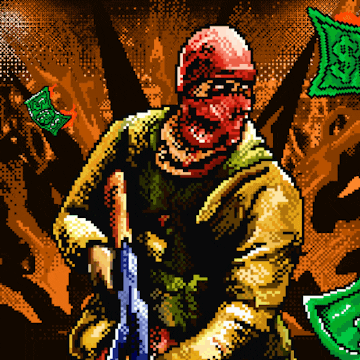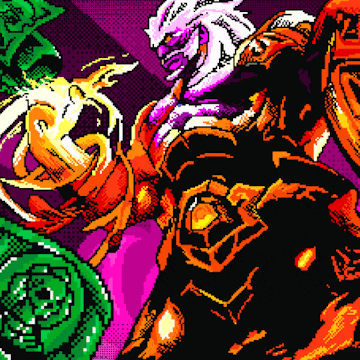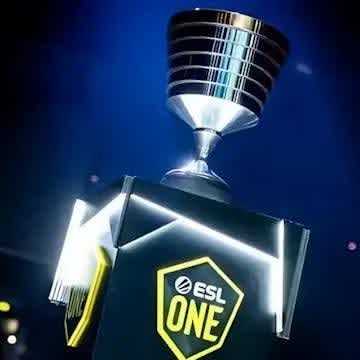The Filtering Process of Legends Stage Play
The legends stage of the major functioned as a filter for understanding the current state of the meta. Most of those that made it through represent a certain set of traits in dominant teams currently. When we go down the list, we see a bias towards those sort-of teams who look towards structure, or at least, tight cohesion in teamplay and an ease of navigating macro scenarios. In contrast, most of the teams who didn’t qualify tended towards the looser end of the spectrum and rely more on individualised defaults and mid-rounds to force wins.
Those that qualified who could be considered more on the tighter end of the scale include: Astralis, Liquid, BIG, MIBR, Complexity, and to an extent, Hellraisers. The only teams who could be considered more loose, and free-flowing would be Na`Vi, and FaZe. Even both of these teams, however, feel comfortable in the warm, reliable embrace of executes and defaults. Those that were excluded from the champions stage, however, see some of the loosest styles in the world deployed. The likes of Tyloo, Vega, Fnatic, NiP, and Mouz all were bested by either other looser teams who could match them man-for-man, or out-classed by the sterile structures of a Liquid or Astralis.
There’s a myriad of interesting narratives that can be fleshed out from this pattern. It might be that the meta is currently favouring teams who are more structured and prepared for a tournament where most teams have had time to go over demos and develop understandings of each others games. Or, it could be that more structured sides have an easier time consistently winning Bo1’s over teams worse than them, while a tougher time at upsetting teams above them.
More likely, I think, is that the teams who made top eight and might be broadly classified under the umbrella term of ‘structured’ are actually just better teams overall. The way in which discussion around ‘loose’ or ‘structured’ teams makes it appear as though they are equally weighted characteristics. And, if one were to look at the month-to-month rankings, then it might appear so. Someone like Mousesports, or FaZe, or Na`Vi can edge their way to the number one spots just as much as an Astralis at the back end of last year can fall off their pedestal.
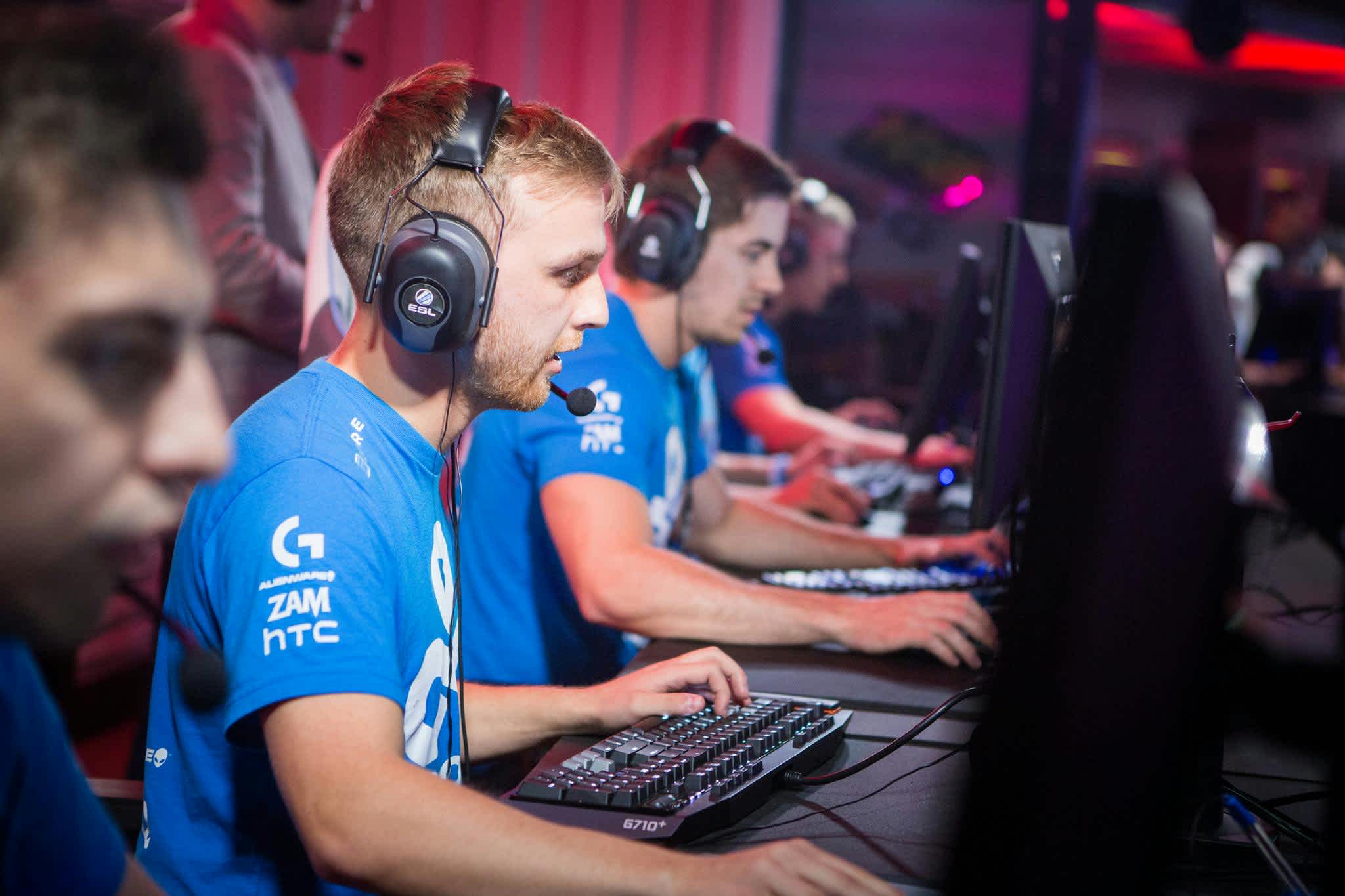
This doesn’t seem to be the case though, when we consider the full context and scope of CS history over the last two years. While there are oscillations in the fabric of elite sides, generally, with the play of Liquid and Astralis as case studies, we’ve seen teams who favour structure, cohesion and replicable win conditions beat out their more volatile counter-parts. This is, at the major so-far, presented nicely.
While Astralis can be upset by the excellent individual play and abusive T-side of NiP, NiP themselves can’t find this level of form on multiple maps against MIBR to make it to champions stage nor on a comfort map for a side like Na`Vi. North, likewise, can blitz a tournament by surprise riding a wave of individual form once, but when there’s VODs to go over and a lack of flexibility to develop away from just individual pressure, they can’t even qualify for the legends stage.
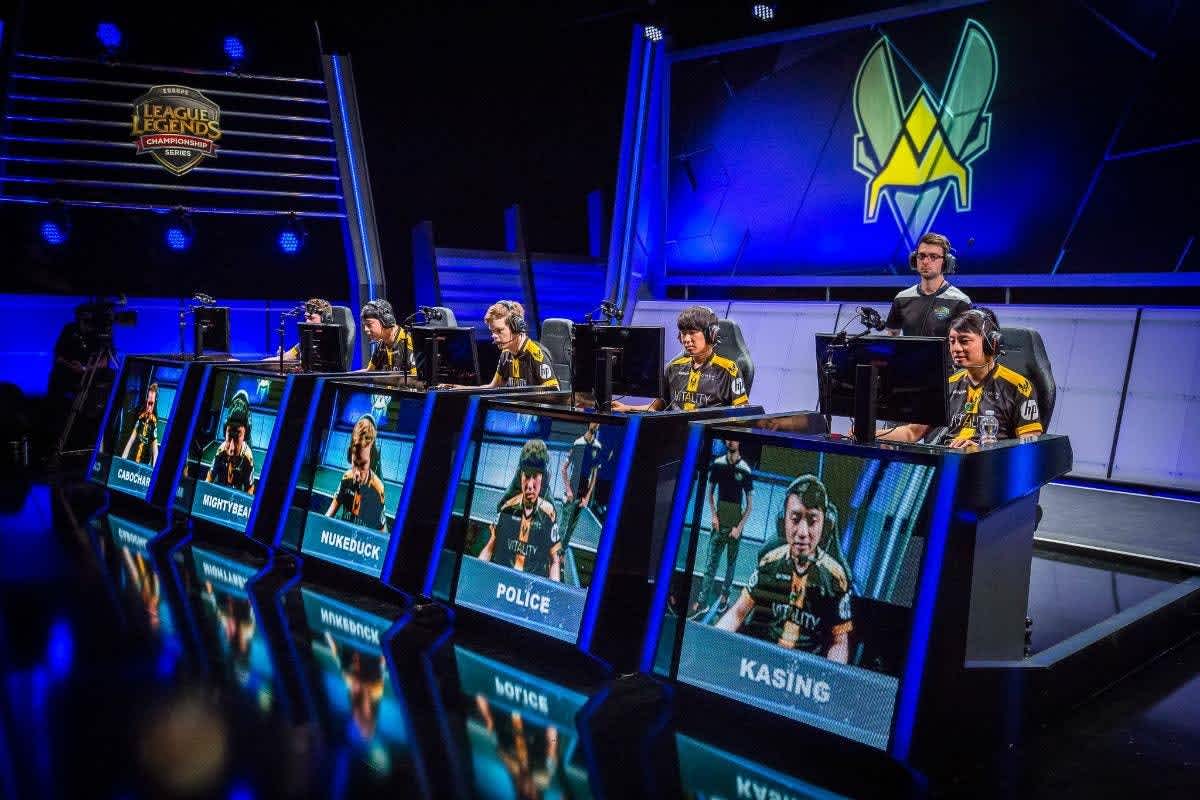
Teams like BIG who mightn’t have a fully fleshed out roster of world-beating talent can be far more adaptable and consistent over longer stretches of time with a structure fall back on in-spite of firepower woes. At an event like the major where they can match teams man-for-man as well, this translates into dominating matches. In contrast, teams who are looser struggle to suddenly develop a structure or system of executes in the middle of a match if they get behind.
It’s interesting that it was in the Bo3 portion of both stages of the major so-far we’ve seen this sorting process play out; BIG’s clinical T-side easily bested Optic, MIBR dismantled NiP’s CT-side, and Hellraisers managed to punish the individual play of Fnatic with ease. As a result, the playoff bracket reflects (most) of the best teams of the tournament. While most of them tend to be structured, they also have depth in the skill department, meaning that they can trump looser teams on both a macro and micro level of the game.
The format for the major has drawn a lot of hate, and if we are to (as we should) judge a format by its worst-case scenario, then the criticism is justified. Fortunately though, we don’t have a worst-case scenario in this major, and overall, the playoffs represent the eight best teams of the tournament. Most of the teams have shown the most win conditions so-far, being able to layer explosive individualised rounds on top of a structured, macro-focussed response. And the teams that aren’t in the bracket have tended towards lacking key ‘winning’ characteristics of a high-level Counter-Strike team, whether that be in the form of macro ideas or map pool.
As a result, the Major has so-far done its job in fairly filtering out the better teams from the worser ones. From now, it’s simply a matter of who can be more resolute, prepared and ready on the day, not better at making excuses after the fact.
Want to place bets on the latest CS:GO matches? You can do so here!


